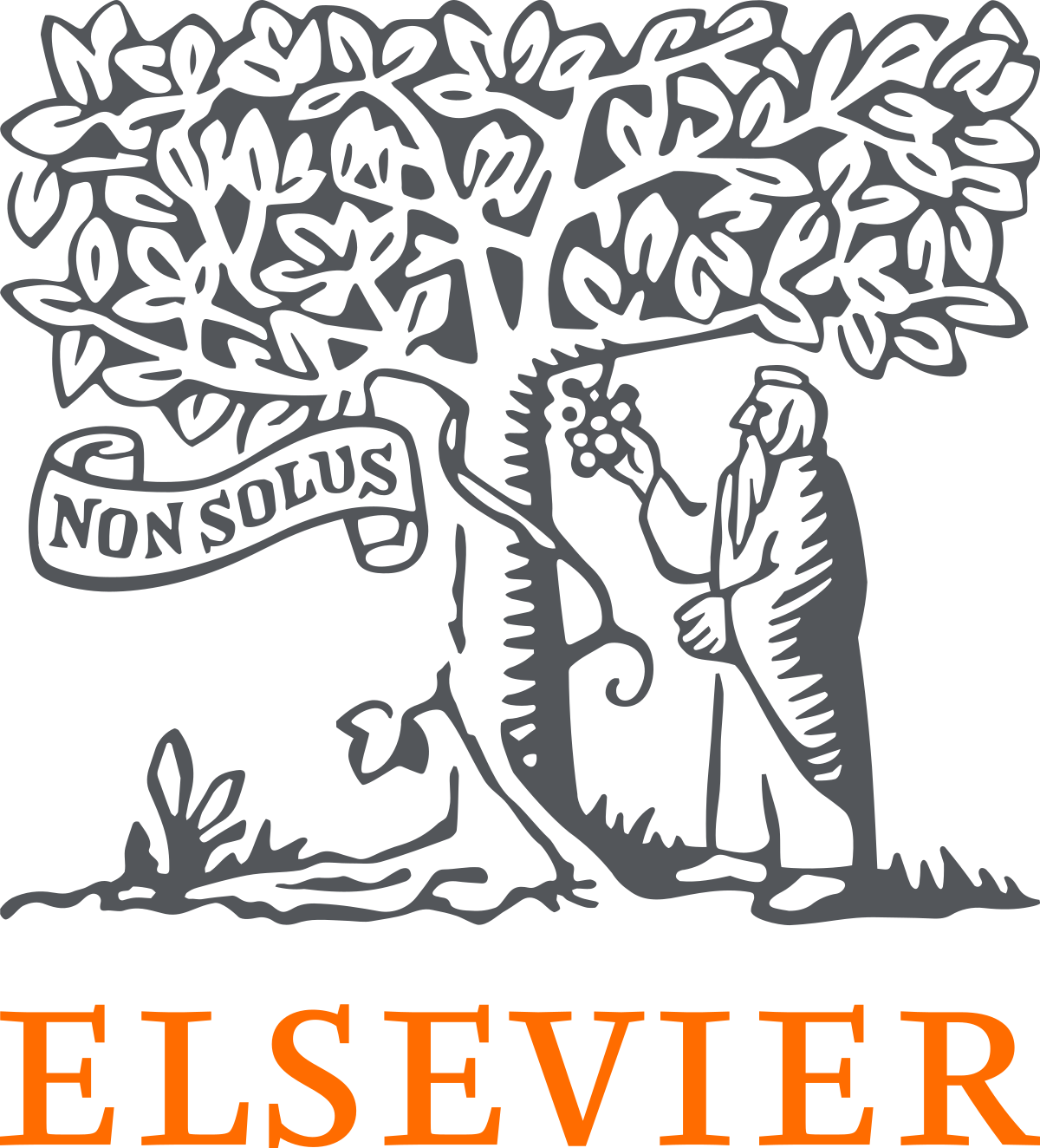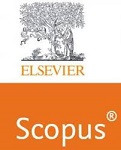Autonomous Network Management with Intent-Based Networking (IBN): Reducing Complexity in Hybrid Cloud Environments
Keywords:
Intent-Based Networking (IBN), Hybrid Cloud, AI in Networking, Network Automation, Policy Compliance, SDN, NFVAbstract
Intent-Based Networking (IBN) is emerging as a powerful approach to managing complex networks by translating business intents into automated configurations. This paper explores the application of IBN in hybrid cloud environments, focusing on its ability to reduce operational complexity and ensure policy compliance. It discusses the role of AI and machine learning in optimizing network traffic, detecting anomalies, and maintaining real-time performance. Through case studies, the research demonstrates how IBN can enhance service reliability by automating change management and network governance processes. Finally, the paper provides recommendations for enterprises seeking to implement IBN frameworks, offering insights on tool selection, governance models, and skill development.
Downloads
References
Garcia-Luna-Aceves, J. J., & Zaumen, W. T. (2010). Routing protocol performance in hybrid cloud networks. IEEE Transactions on Cloud Computing, 15(3), 89-96.
Chen, J., & Leung, V. C. (2013). Machine learning for network performance in hybrid clouds. IEEE Transactions on Network and Service Management, 21(6), 77-85.
Wang, H., & Sun, Y. (2015). Intent-based networking for dynamic policy management. IEEE Network Magazine, 33(4), 43-50.
Lopez, D., & Granados, C. (2017). The role of AI in intent-based networking. IEEE Transactions on IT Service Management, 12(5), 129-136.
Rogers, P., & Zhao, J. (2018). Hybrid cloud performance optimization using IBN. Journal of Network and Systems Management, 20(2), 63-71.
Fayyad, U., & Piatetsky-Shapiro, G. (2011). Knowledge discovery for autonomous network management. Journal of Intelligent Information Systems, 39(2), 118-124.
Breen, M., & Agarwal, R. (2010). AI applications in hybrid cloud networks. Journal of IT Management, 25(4), 20-26.
McCarthy, J., & Sweeney, T. (2016). Automated anomaly detection in hybrid clouds. IEEE Cloud Computing, 24(3), 98-105.
Hariri, R. H., Fredericks, E. M., & Bowers, K. M. (2012). Policy compliance in intent-based networking. IEEE Transactions on Service Management, 28(1), 32-39.
Gupta, R., & Singh, H. (2009). Proactive network management in hybrid cloud environments. IEEE Transactions on IT Operations, 14(3), 184-192.
Jain, A., & Mediratta, S. (2013). Network automation for hybrid cloud. Information Systems Journal, 46(4), 203-212.
Mukherjee, S., & Shenoy, A. (2019). AI-driven network management: Case studies and outcomes. IEEE Communications Magazine, 27(5), 50-59.
Cisco Systems. (2017). Intent-Based Networking: Fundamentals and Applications.
Open Networking Foundation. (2016). The Rise of Software-Defined Networks in Cloud Environments.
Choudhary, A., & Aggarwal, V. (2013). Enhancing service quality with AI-driven analytics. IEEE Transactions on IT Services, 19(3), 234-239.
Downloads
Published
How to Cite
Issue
Section
License

This work is licensed under a Creative Commons Attribution-ShareAlike 4.0 International License.
All papers should be submitted electronically. All submitted manuscripts must be original work that is not under submission at another journal or under consideration for publication in another form, such as a monograph or chapter of a book. Authors of submitted papers are obligated not to submit their paper for publication elsewhere until an editorial decision is rendered on their submission. Further, authors of accepted papers are prohibited from publishing the results in other publications that appear before the paper is published in the Journal unless they receive approval for doing so from the Editor-In-Chief.
IJISAE open access articles are licensed under a Creative Commons Attribution-ShareAlike 4.0 International License. This license lets the audience to give appropriate credit, provide a link to the license, and indicate if changes were made and if they remix, transform, or build upon the material, they must distribute contributions under the same license as the original.





